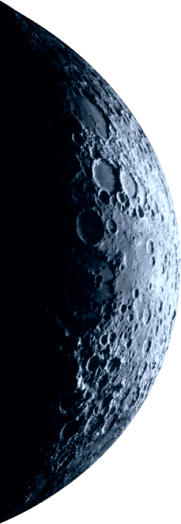

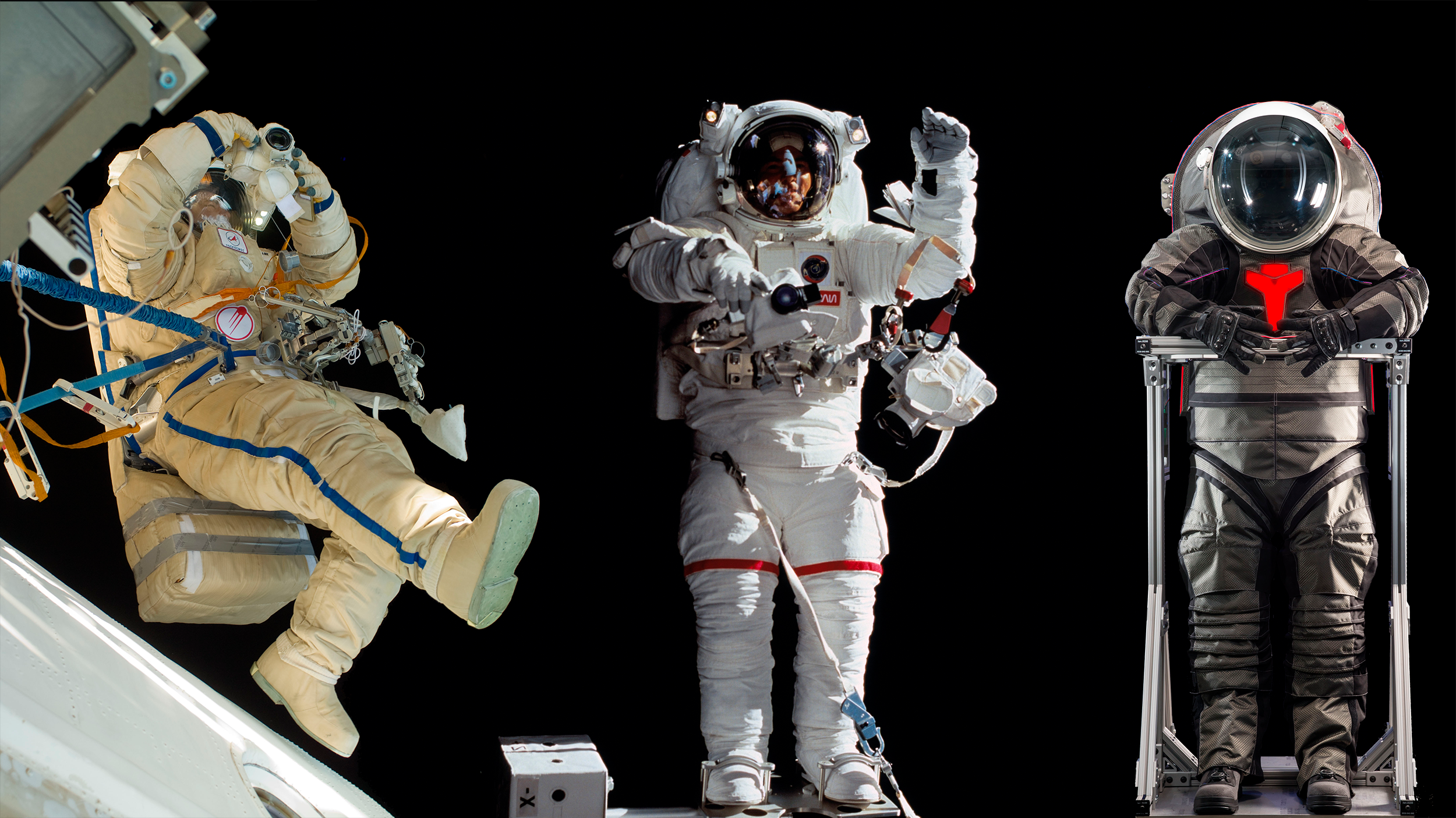
Why do we need spacesuits?
Humans have evolved to live on the Earth’s surface, which means that our bodies function within a very specific range of parameters and environments. The three main elements for survival are:
-
Nominal air temperature
-
Right combination of nitrogen, oxygen, and aerosols to breath as air
-
Atmospheric pressure.
Stepping outside the bounds of acceptable levels of any one of these main elements can mean big trouble, and fast.
That’s why we need the proper protection when in hazardous environments. Space is a quite dangerous place for humans, as there is no air pressure (but total vacuum), no air (there is no atmosphere in space, thus no air to breath), and temperatures can range from absolute zero without sunlight, to scorching hot temperatures of above 248 degrees Fahrenheit in direct sunlight (with no atmosphere to block the radiation and heat).
To deal with many scenarios of space, we have developed different types of space suits.
1. Fire resistant suits for shirt-sleeve environments (meaning no special clothing aside from the fire resistant suit needs to be worn). Similar to earthbound applications, fire suits protect the crew from emergency fire-on-board situations. These suits do not come with a helmet, as cabins are pressurized and oxygen masks are usually integrated into vehicles, similar to planes. This type of protection is widely used for space tourism on suborbital flights provided by Blue Origin and Virgin Galactic, as the capsules themselves are pressurized, temperature controlled, with correct air mixture always present. Blue Origin uses a fire suppression system on board its capsule, as an added safety measure.
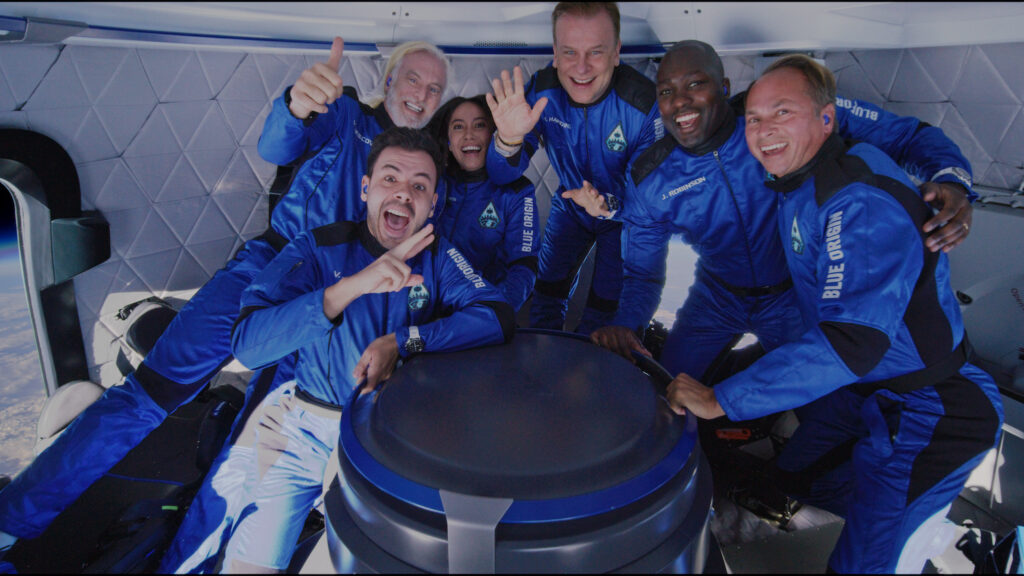
Blue Origin
2. Rescue suit or escape IVA (intra vehicular activity) suit – full pressure suit, saves the crew in case of cabin depressurization. Used by professional astronauts and space tourists during orbital flights, flights to ISS or interplanetary flights. Required to be worn prior to liftoff and during the return flight, these safety suits and protocols were developed by NASA, FAA, ESA and others. Why do you need to be ready in case of sudden cabin depressurization? At higher altitudes, it takes a lot less pressure to boil liquids. The higher you are, the lower the boiling point of liquids. That is why if you are a crew member aboard the Dragon as a tourist to the ISS, you will be supplied a custom SpaceX IVA suit.
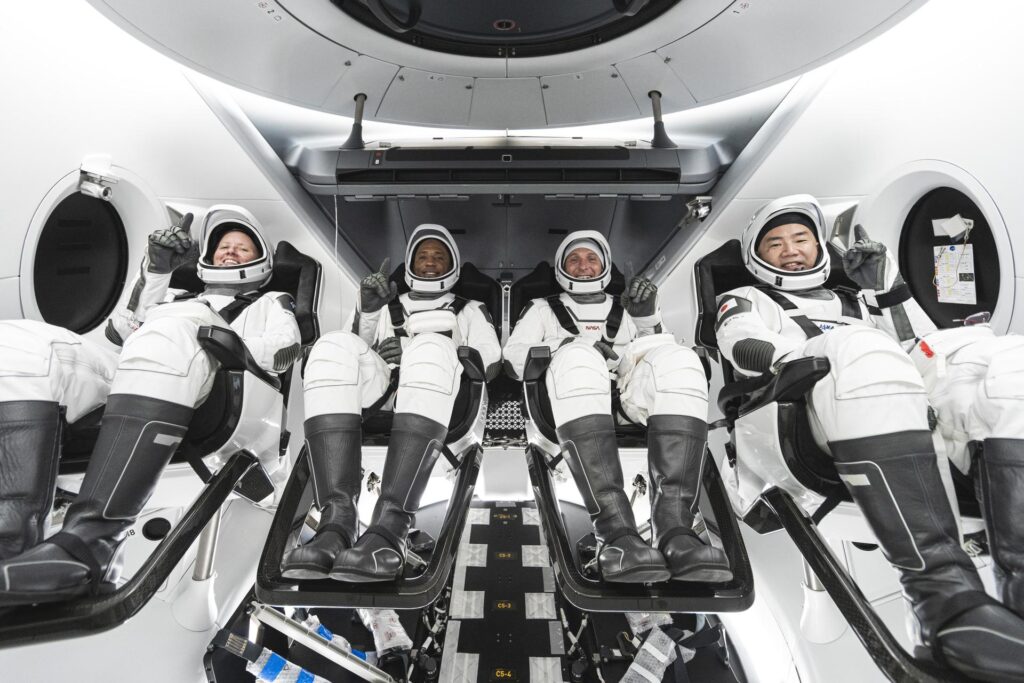
3. EVA (extravehicular activity) suit for outer space – used for spacewalks and performing duties outside the spacecraft, such as maintenance, emergency repairs, or scientific experiments. Much more protective and durable than the IVA suits, this protective equipment uses hard-shell parts, as well as integrated life supporting systems, radiation and UV protection, as well as small micrometeoroids shields. These suits have limited maneuverability, and must be able to dock, release, and tether to a spacecraft. These suits are extremely complicated and can have as many as eleven layers, if not more! They are custom made for each astronaut and can only be put on with the help of teammates. You can order your very own custom EVA suit from NASA or RosCosmos, but they are pretty costly. Currently these are the only options for EVA suits making spacewalks possible.
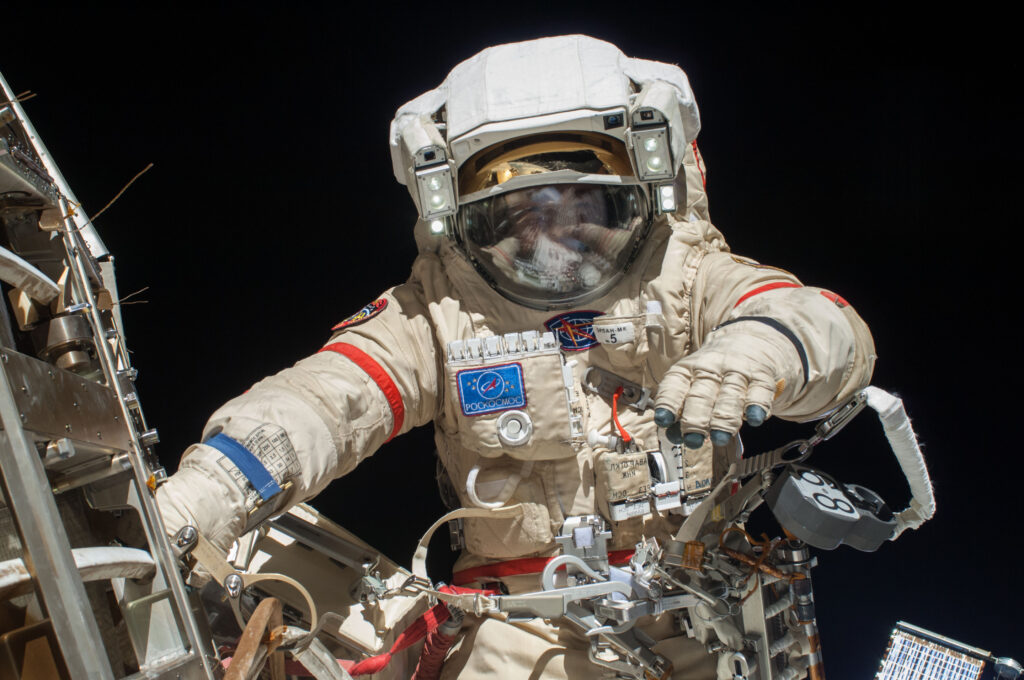
4. Enhanced EVA suits designed for walking on the Lunar surface. Similar suit as the regular EVA suit, but specifically designed to walk on the surface of the Moon. Both NASA and USSR designed and used enhanced EVA spacesuits, famously used by NASA during the Apollo missions. NASA selected Axiom Space, in cooperation with Collins Aerospace, to develop the Exploration Extravehicular Mobility Unit (xEMU) for the Artemis Moon Program.
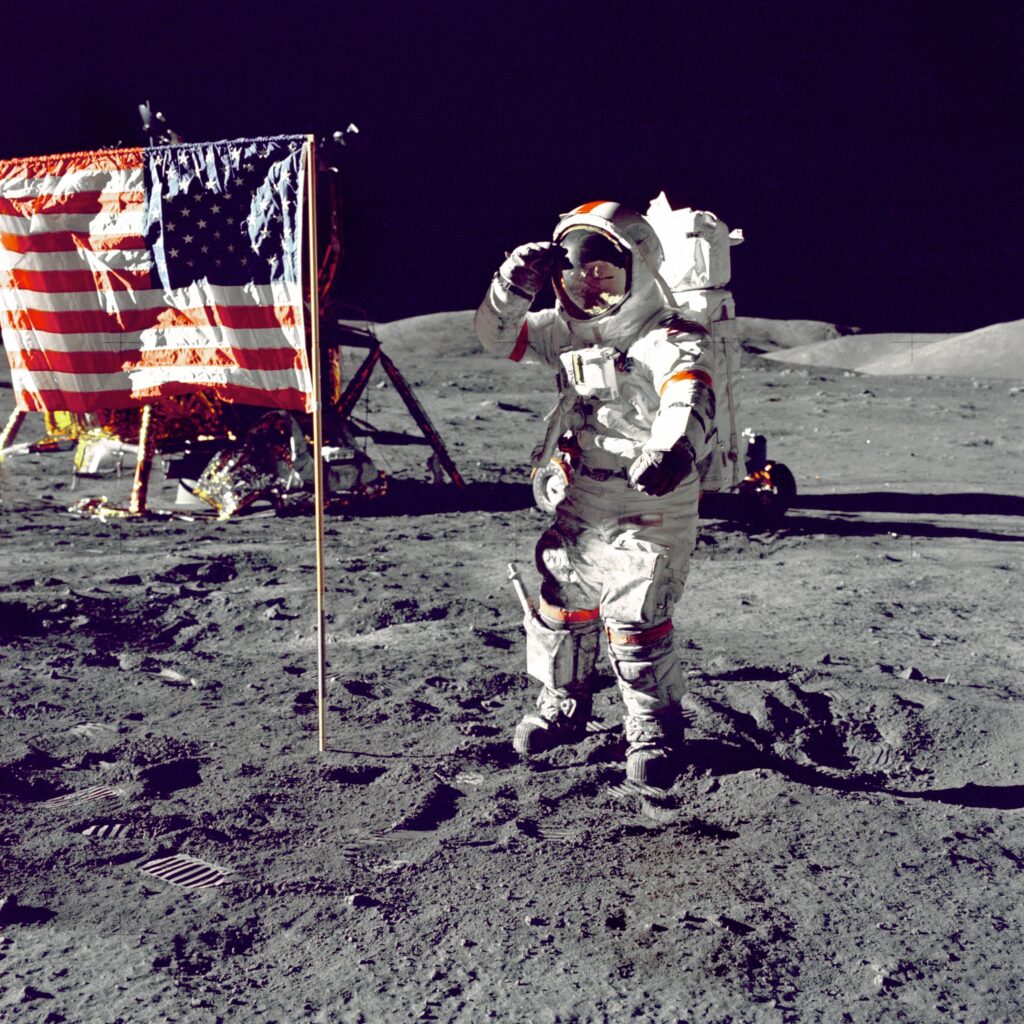
5. Mars spacesuits prototype – NASA is developing suits for future human missions to Mars. One of the most challenging technological undertakings of our day, these suits will be used on a much longer time scale, perhaps half a year or more. For comparison, Moonwalks last about 20-30 hours. If you do decide to go to Mars and help build a colony, you will have to pass and get extensive training for the use of this suit.
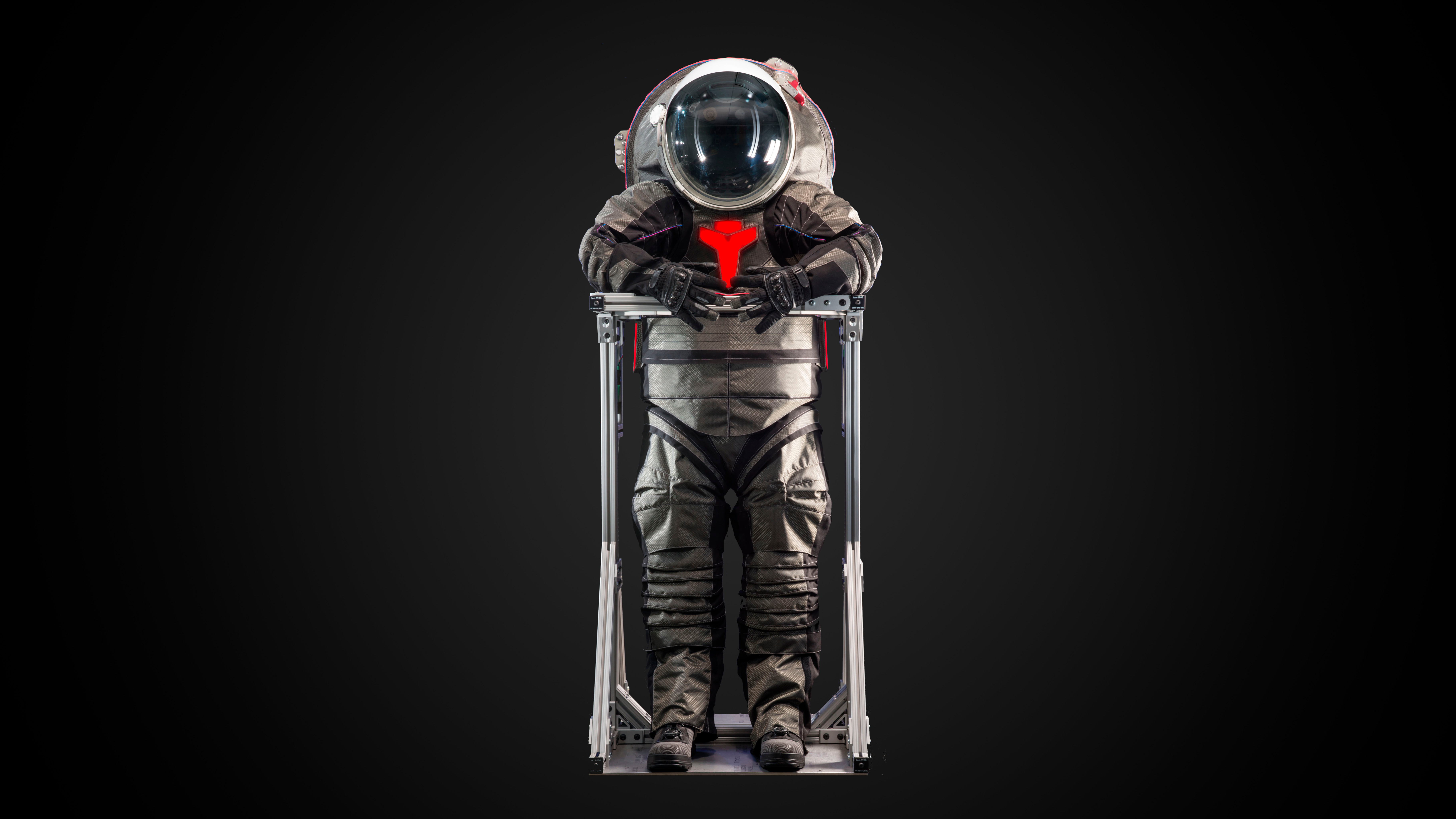
Now that you know what kind of spacesuit you might need, we wish you a happy spaceflight!
Sergei Panov
Founder “Space Agency”




